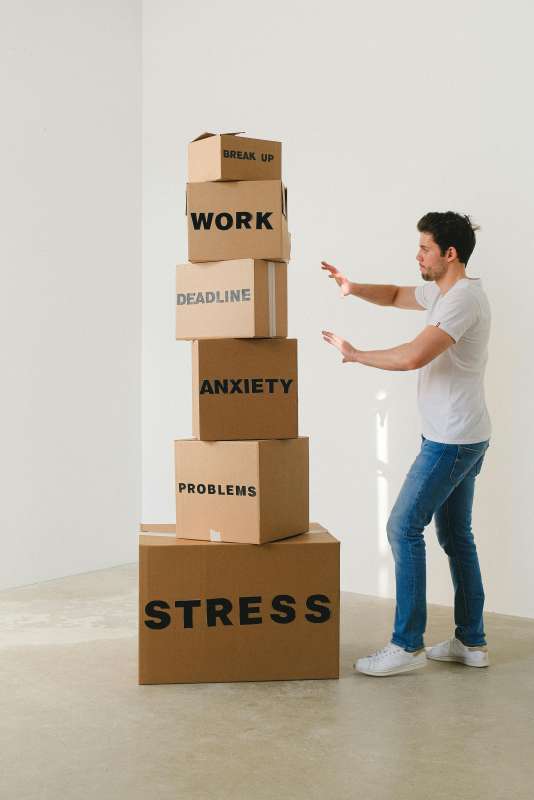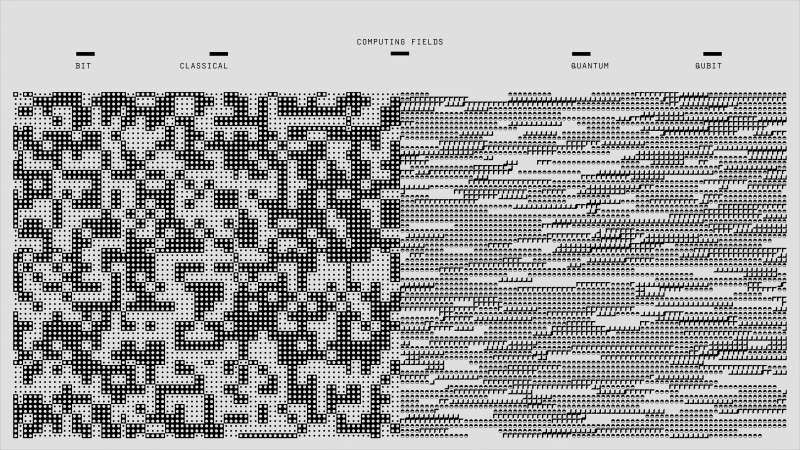Time Management Without the Pressure
Published on: May 2, 2025
How to Stay Effective Without Being Overwhelmed
Time management is often sold to us as a rigid system—a set of rules, schedules, and productivity hacks that promise perfect control over our chaotic lives. But for many people, especially those in creative or fast-paced roles, that rigidity can feel more like a cage than a solution.
What if managing your time didn’t have to mean fitting yourself into someone else’s mold?
What if it could be lighter, more flexible, more human?
The truth is, time management doesn't have to be about controlling every minute. It's about understanding your energy, honoring your creative rhythms, and building a system that works with you, not against you.
Let’s explore how to manage your time effectively—without pressure, without guilt, and without losing your spontaneity.
Let Go of the Perfect Plan
Many people fall into the trap of creating the “perfect” schedule: blocks of color-coded time slots, every hour accounted for. But then life happens—a call runs long, a creative block hits, an unexpected opportunity shows up—and the entire structure collapses.
Instead of chasing perfection, embrace flexibility.
Think of your schedule as a compass, not a cage. You’re setting direction, not locking yourself in. Have a loose plan for your day or week, but leave room for adjustments. When plans shift, don’t see it as failure—see it as feedback.
Tip: Try planning your days with “priority zones” instead of strict hour-by-hour blocks. For example:
-
Morning = Deep focus tasks
-
Afternoon = Meetings and collaboration
-
Evening = Flex time or reflection
This approach gives structure without pressure.
Energy, Not Just Time
Managing your time effectively starts with managing your energy. Two people might have the same 8 hours, but how they use that time depends on their energy levels, focus, and mental clarity.
Ask yourself:
-
When during the day do I feel most alert and creative?
-
When do I tend to feel distracted or drained?
Instead of fighting your natural rhythm, work with it. If your mind is sharp in the morning, do your creative or strategic work then. If you feel sluggish after lunch, schedule lighter or routine tasks during that time.
One freelance writer, Liam, used to force himself to write in the afternoon because “that’s what normal people do.” But his brain felt foggy, and his output suffered. Once he switched his writing time to early mornings—his natural peak—his work improved and became less stressful.
Build Anchors, Not Chains
For dynamic schedules, consistency can be found in “anchors”—small daily rituals that keep you grounded without controlling you.
Some examples:
-
A 10-minute intention-setting ritual each morning
-
A short walk after lunch
-
A creative wind-down routine before bed
These anchors provide gentle structure and predictability, even when the rest of your day is unpredictable. They’re less about productivity and more about presence. And when you're present, you're naturally more effective.
Redefine Productivity
In creative or high-energy work, productivity isn’t always linear. A day of brainstorming may feel “unproductive” because there’s no tangible output, but it might spark an idea that changes everything later.
You don’t need to be busy to be effective.
You don’t need to measure your worth by how much you’ve ticked off a list.
Sometimes, doing less actually creates space for better results.
Try this: At the end of the day, instead of asking “What did I finish?”, ask “What did I move forward?” or “What mattered today?”
This reframing can reduce pressure and highlight progress in unexpected ways.
Use Tools that Adapt to You
Instead of forcing yourself into complex systems, choose tools and techniques that adapt to your needs. You don’t need 15 productivity apps or elaborate workflows.
Some light and flexible tools:
-
A simple notebook for daily priorities
-
Time-blocking with space for overflow
-
The “3-task rule”: Pick only 3 key tasks for the day
-
A digital kanban board (like Trello or Notion) to visually track progress
Use systems to support your brain—not replace it. The goal isn’t to optimize every second but to create mental clarity and reduce decision fatigue.
Make Room for Flow
For creatives and fast-thinkers, “flow” is the gold standard—those moments where time disappears, and you’re fully immersed in your work. But flow can’t be scheduled. It can only be invited.
To create conditions for flow:
-
Minimize interruptions (turn off notifications, close tabs)
-
Set aside uninterrupted work periods
-
Create a physical or digital “focus space”
-
Enter with intention (play music, light a candle, do a breathing exercise)
When you stop trying to “force productivity” and instead protect the conditions for deep work, creativity and results often come naturally.
Forgive the Gaps
Not every day will be a masterpiece. Some days will be slow, messy, or confusing. That’s okay.
Time management isn’t about controlling everything—it’s about showing up with intention, and adapting with grace.
Be kind to yourself on the days when your energy is low. Rest when needed. Reflect often. Course-correct gently.
The most effective time management isn’t found in apps or rigid routines. It lives in the gentle discipline of showing up, the flexibility to adapt, and the wisdom to know when to push and when to pause.
When you manage your day with care instead of control, you create space for magic—ideas, connections, clarity, and fulfillment.
So take the pressure off.
Work with yourself, not against yourself.
Let your time serve your values, not your ego.
And remember: you're not here to do everything.
You're here to do what matters—with heart, with joy, and in your own rhythm.










